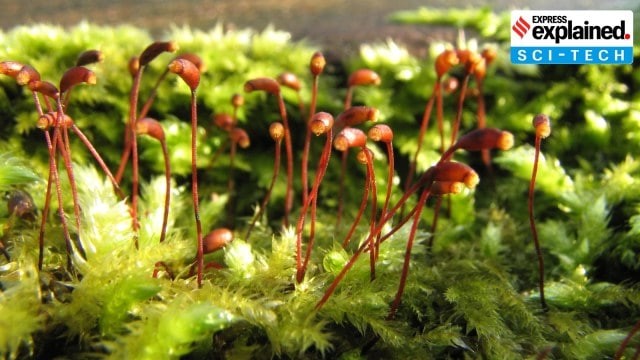Description

Disclaimer: Copyright infringement not intended.
Context
- Forest department authorities in Andhra Pradesh's Alluri Sitharama Raju district cut the bark of an Indian laurel tree, with water gushing out.
Details
- The forest officials cut the tree bark at Papikonda National Park to find that the tree stores water in the summer.
- This knowledge was shared with the forest department by the Konda Reddi tribe.
Why are the findings important?
- The water gushing out from the Indian laurel tree's bark comes at a time when there has been a water scarcity in several parts of India, including in Andhra Pradesh and neighboring Karnataka, where its capital Bengaluru is facing a severe water crisis.
- Reservoirs in Andhra Pradesh have a water storage of 22 percent, compared to 66 percent last year.
- Of the 21 major states where reservoir status is tracked, 15 have reservoir levels below the decade average.
- In Tamil Nadu, Karnataka, and Andhra Pradesh, along with Bihar, Uttar Pradesh, and Chhattisgarh, reservoir levels are over 20 percent less than the decade average. At 49 percent, the departure from the ten-year average is the highest in Andhra Pradesh.
- These trees can thus act as water reservoirs and be used for water storage.
- Who are Konda Reddy Tribes
- They are a particularly vulnerable tribal group inhabiting the Papikonda hill range in the Godavari region.
- The tribe is renowned for its indigenous knowledge of trees.
- Their mother tongue is Telugu in its purest and chaste form, with a unique accent.

Indian Laurel tree
- The Indian Laurel tree, scientifically known as Ficus microcarpa, is tropical or subtropical.
- They are found primarily in several parts of Asia, the Western Pacific Islands, and Australia.
- As an ornamental tree, it provides a dense canopy, smooth light-gray bark, and shiny green lanceolate leaves.
- Its thick foliage creates excellent habitat for various bird species, and its small round figs serve as food for birds.
Application:
- The wood of this tree is used for furniture, cabinetwork, joinery, paneling, specialty items, boat-building, railroad cross-ties (treated), decorative veneers, and for making musical instruments (e.g. guitar fretboards).
- Antheraea paphia (silkworms) use its leaves as food, which produce the tussar silk (Tussah), a form of commercially important wild silk.
- The bark is used medicinally against diarrhea. Oxalic acid can be extracted from it.
- The bark and especially the fruit yield pyrogallol and catechol to dye and tan leather.
Source: https://www.indiatoday.in/india/story/water-wild-tree-forest-andhra-pradesh-forest-department-water-crisis-karnataka-2521349-2024-03-31
|
PRACTICE QUESTION
Q. Consider the following statements about the Indian Laurel Tree recently seen in the news.
- It is a tropical or subtropical tree.
- In India, it is mainly found in both dry and moist deciduous forests in southern India up to 1000 m.
- Its leaves are commercially important because they are feed for wild silk.
How many of the above statements is/are correct?
- Only one
- Only Two
- All Three
- None
Answer- 3
|











